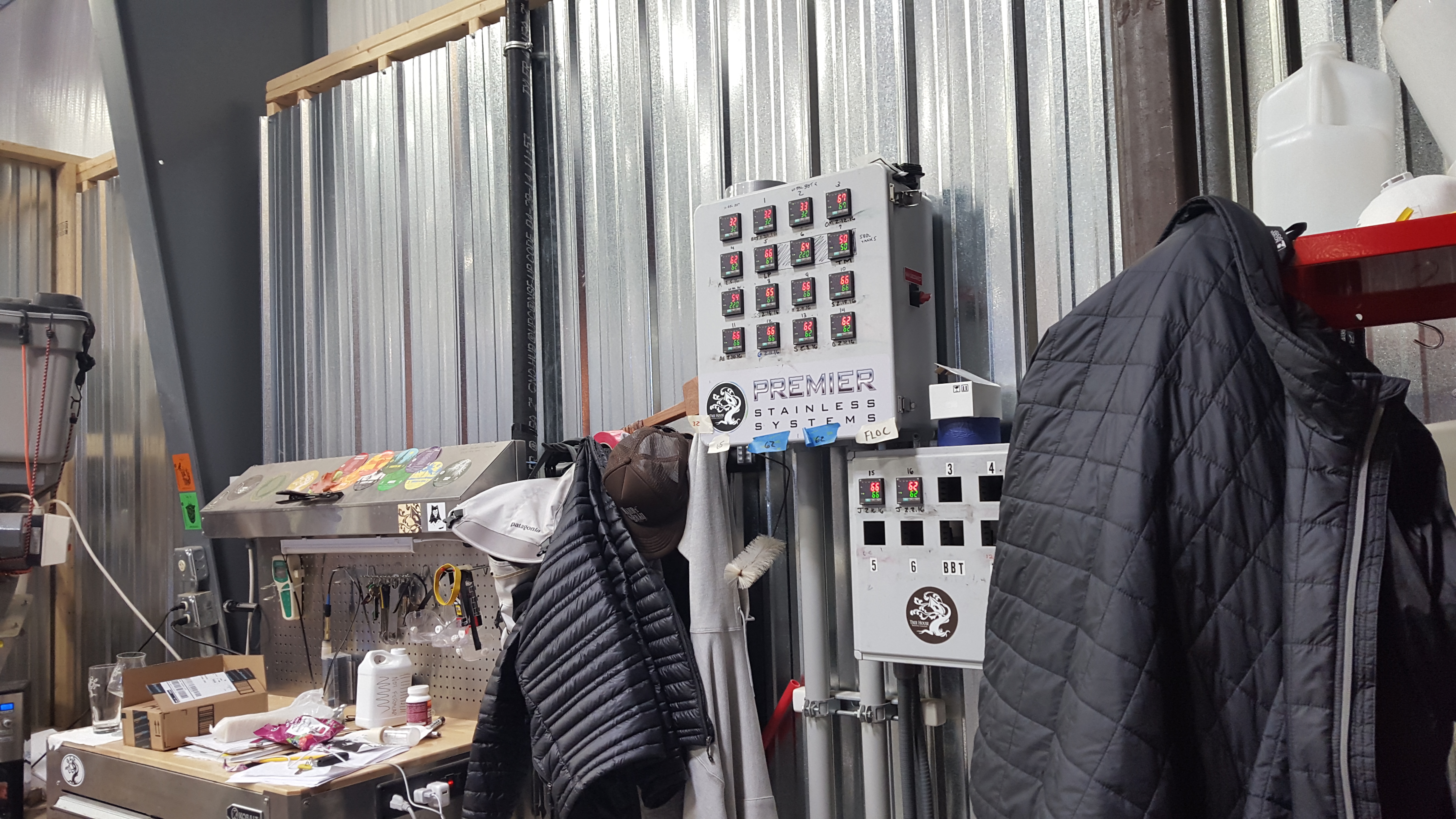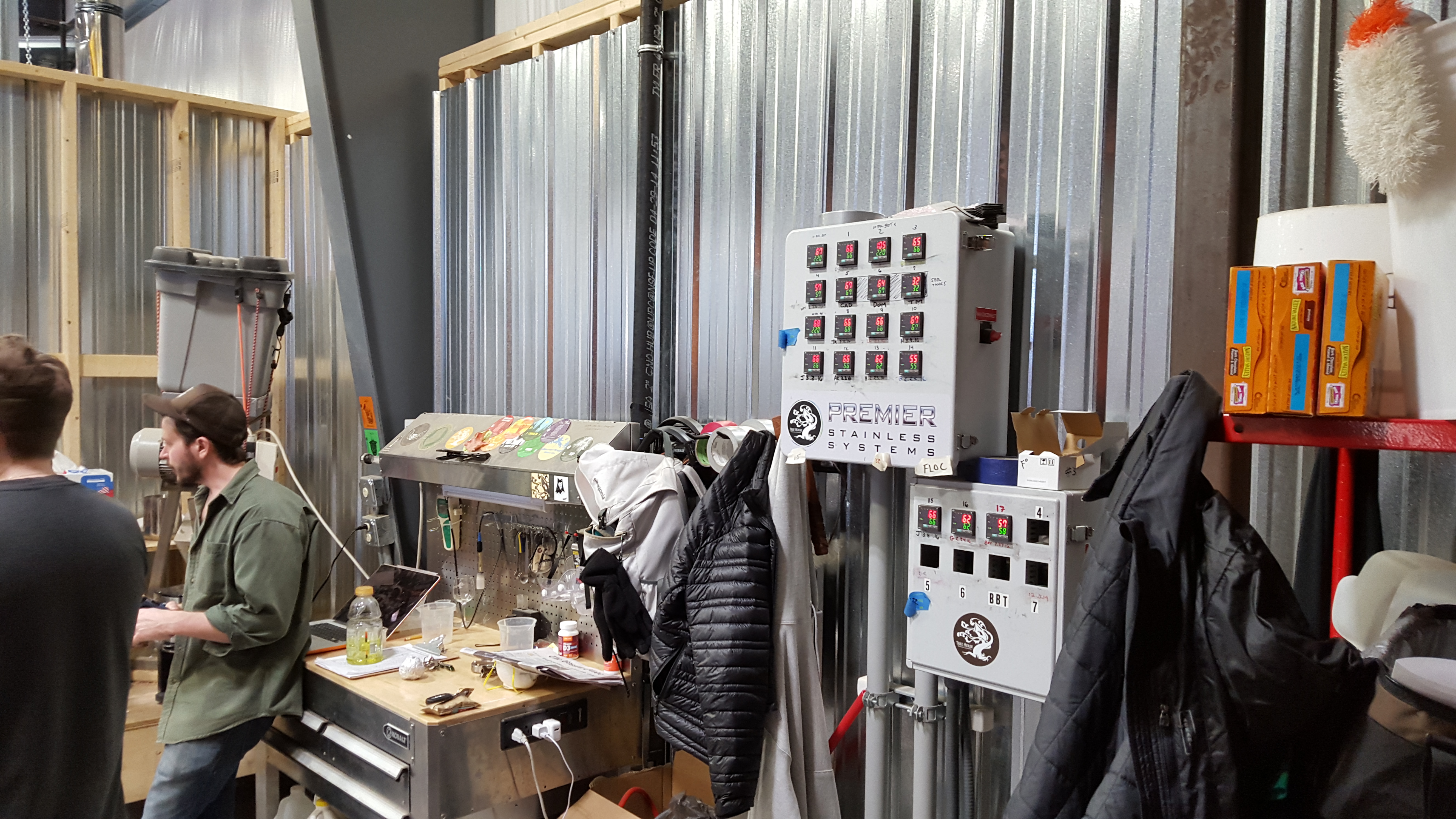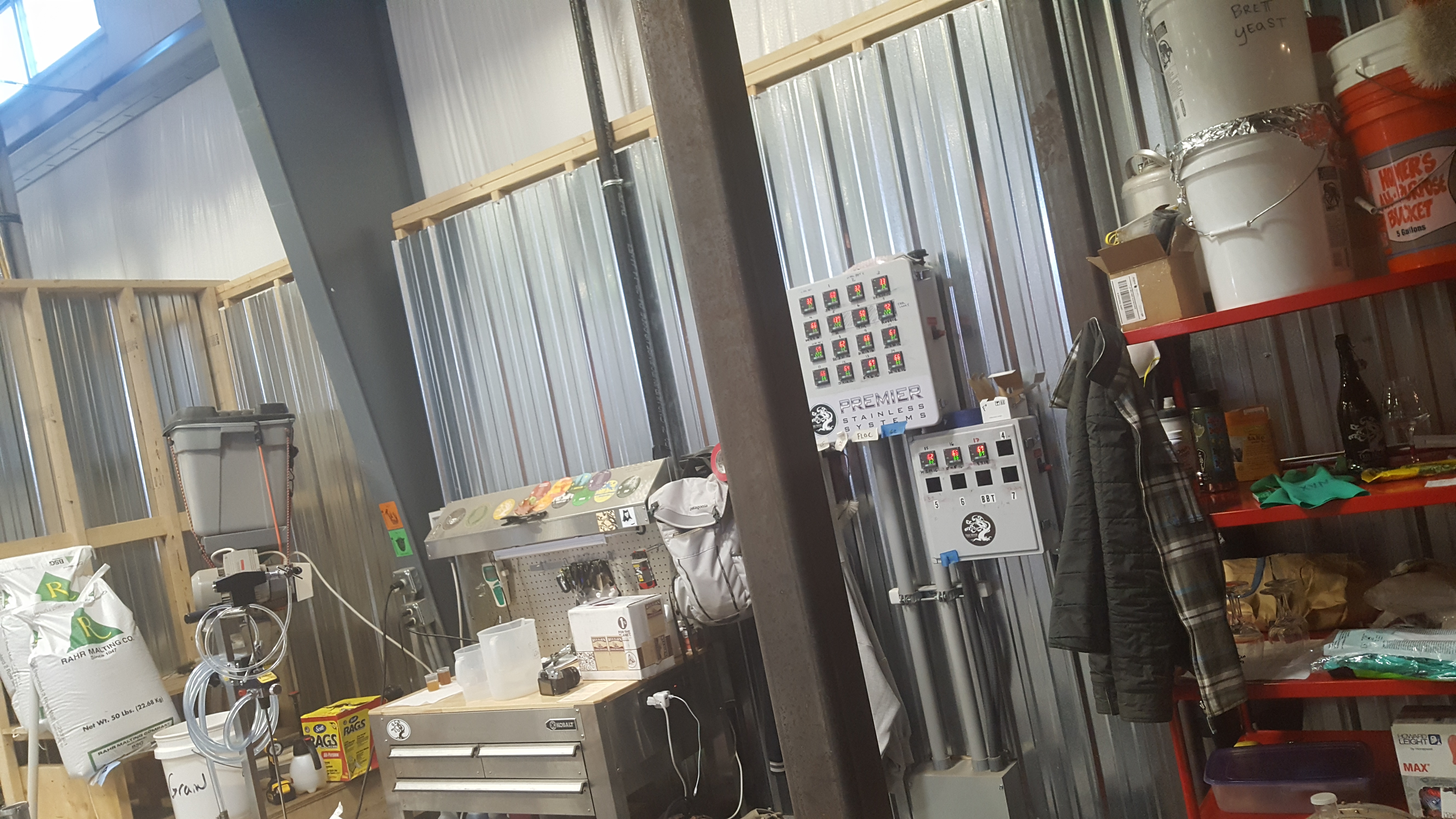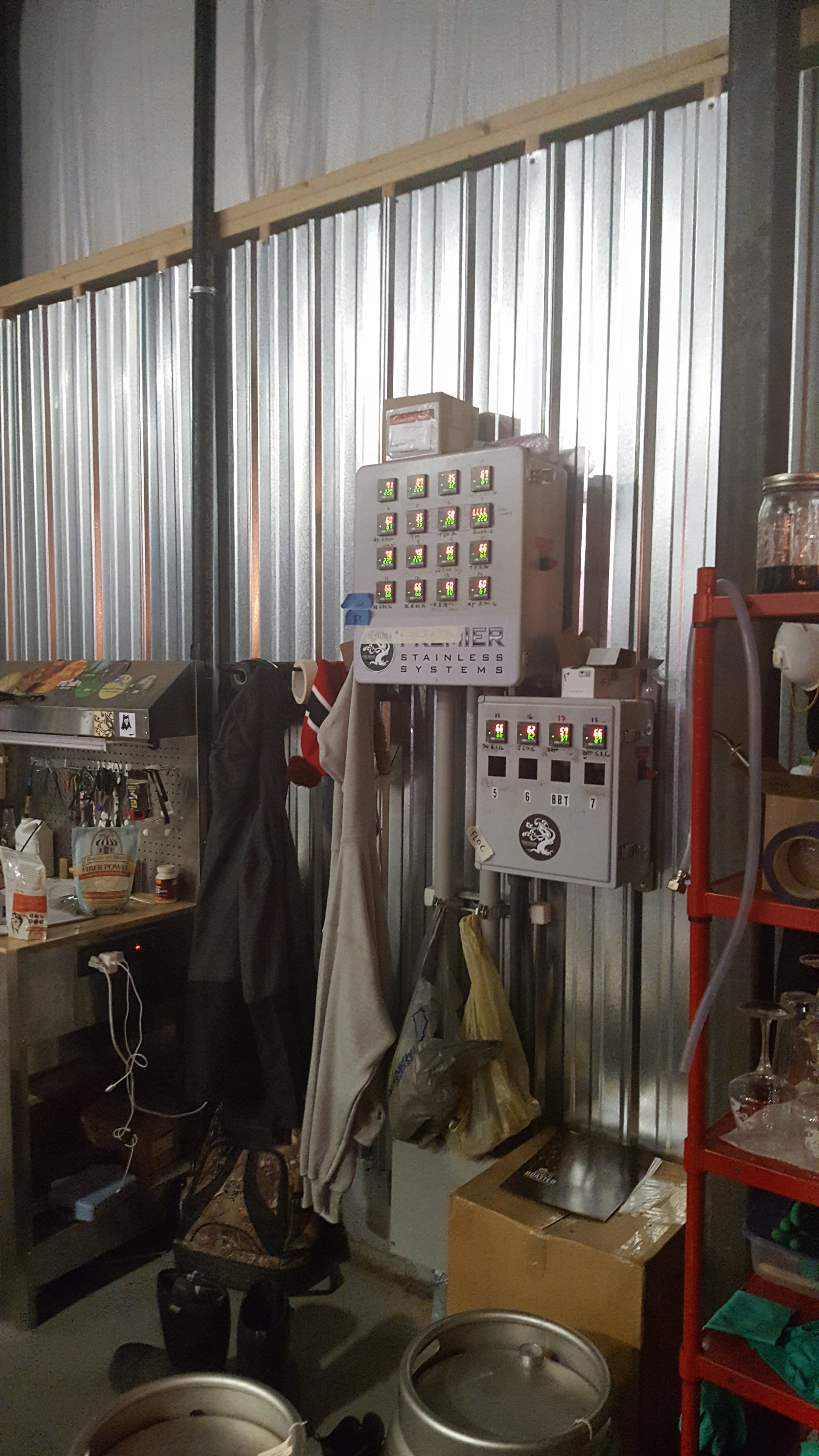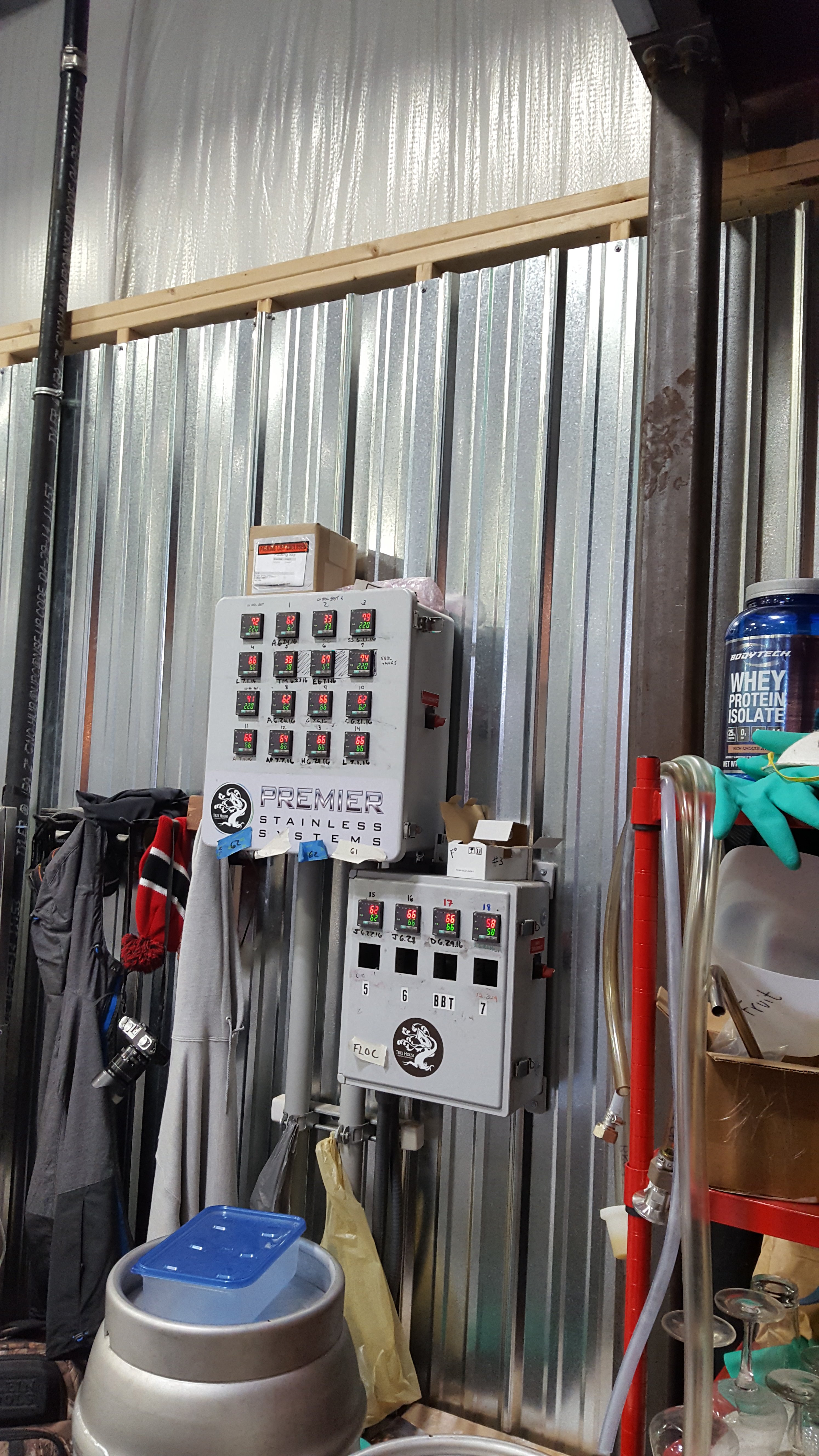What boggles my mind most about TH is how drastically the flavors disappear, I had one Julius in the back of my fridge that was getting close to 3 months old and any and all flavors had completely dissipated, same scenario about a year ago with a can of Very Green. I travel often for work and buy way more beer than I can consume, so I often have left over ones and twosies after 2 months. Monkish, Other Half, Green Cheek, Trillium, Bissell, all of these beers still have flavor and fruitiness after 2-3 months (obviously not as intense as the first couple weeks but still very drinkable). TH is completely gone, ABSOLUTELY COMPLETELY gone. Nothing but malt and alcohol. Is this attributed to the killer strain, does it continue to clean up esters and phenols even at fridge temperatures? Ive just never experienced this with any IPA from anywhere, theres usually at least some hop presence and yeast flavor remaining.






































![Craft A Brew - Safale BE-256 Yeast - Fermentis - Belgian Ale Dry Yeast - For Belgian & Strong Ales - Ingredients for Home Brewing - Beer Making Supplies - [3 Pack]](https://m.media-amazon.com/images/I/51bcKEwQmWL._SL500_.jpg)




















